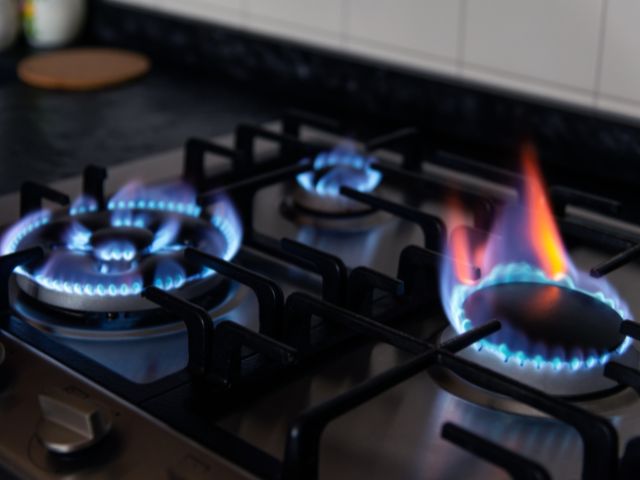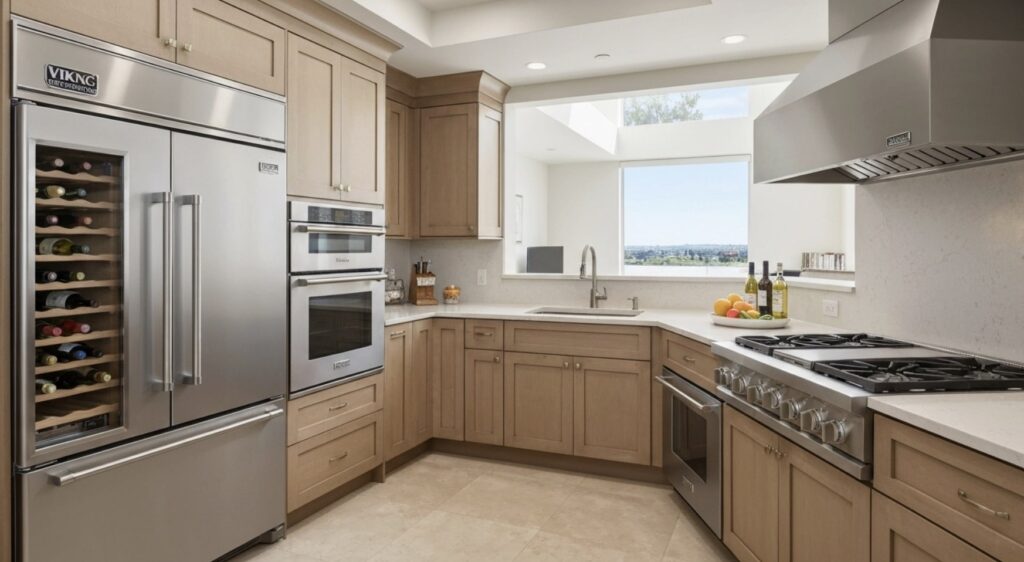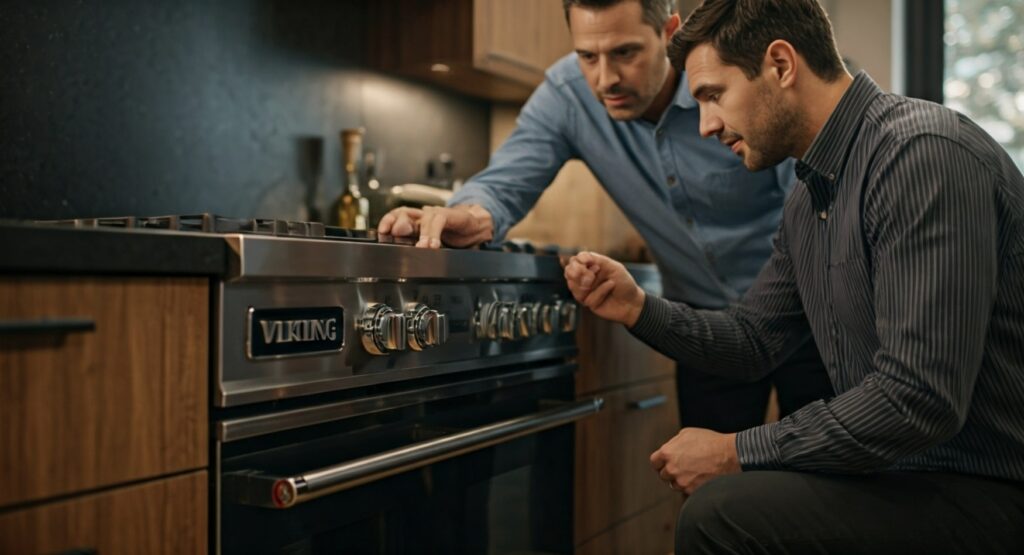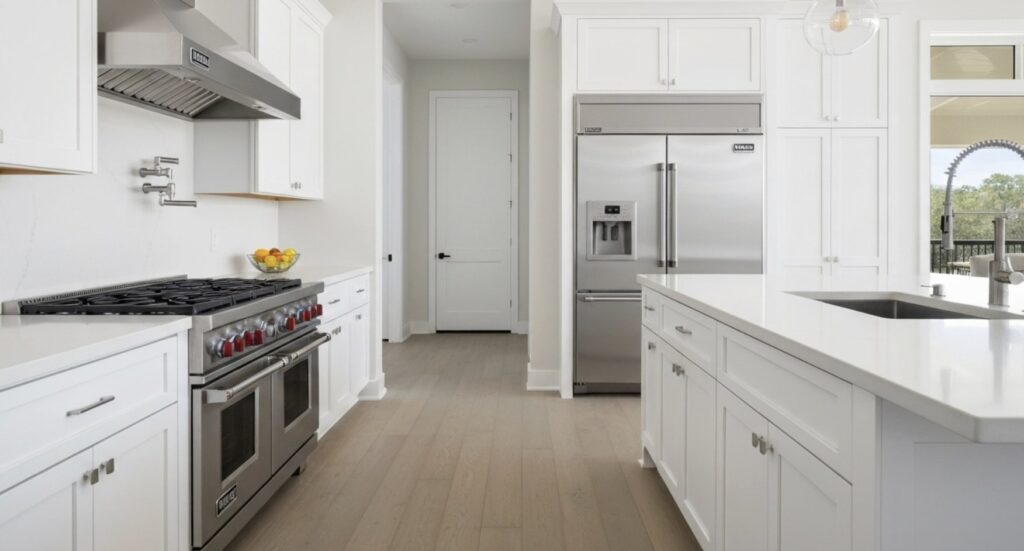Switching a Viking stove from natural gas to propane might seem complex, but it’s a manageable project with the right tools, knowledge, and safety precautions. Whether you’re located in a rural area where propane is more accessible or just prefer propane for its energy efficiency, converting your Viking stove is a great way to maintain the appliance’s powerful cooking performance. This guide will walk you through the process of converting Viking stove natural gas to propane step-by-step, explain safety considerations, and clarify common questions about this conversion.
Why Consider Converting from Natural Gas to Propane?
Many Viking stove owners choose to switch from natural gas to propane for convenience and efficiency. Propane, often available in remote areas, has a higher energy content than natural gas, meaning you can achieve similar cooking results while using less fuel. Converting a Viking stove natural gas to propane can also be beneficial if you live in an area where propane is more affordable or readily available.
What You Need to Know Before Starting
Before converting your Viking stove from natural gas to propane, it’s essential to understand a few key points:
- Get the Right Conversion Kit: Viking offers conversion kits for each model. Make sure you have the correct kit for your stove. Conversion kits typically include replacement burner orifices, gas pressure regulators, and detailed instructions for installation.
- Safety First: Gas conversions should always prioritize safety. If you’re unsure of any part of the process, contact a certified gas technician. Improper installation can lead to gas leaks or malfunctioning burners.
- Professional Assistance: Although this guide provides a clear DIY approach, professional assistance is recommended for homeowners who lack experience working with gas appliances.
Step-by-Step Guide to Converting Your Viking Stove
Step 1: Gather Tools and Materials
You’ll need the following tools:
- Phillips and flathead screwdrivers
- Adjustable wrench
- Viking propane conversion kit (specific to your model)
- Gas leak detection solution (or soapy water)
Step 2: Turn Off the Gas Supply
- Turn off the gas supply completely to avoid any risk of leaks or combustion while working on the stove. Locate the shut-off valve, typically near the back or base of the stove, and rotate it to the off position. If you’re unsure of your setup, consider professional guidance.
Step 3: Access the Burners
- Remove the grates, burner caps, and any protective coverings to reach the burners. Each burner will have a natural gas orifice that needs to be replaced with a propane-specific orifice, which will be provided in your Viking stove natural gas to propane conversion kit.
Step 4: Replace the Burner Orifices
- Carefully remove the natural gas orifices using the wrench. Then, install the propane orifices provided in the kit, ensuring each is secured properly to avoid gas leaks. This step requires patience, as improper installation could lead to gas leaks or inefficient flame performance.
Step 5: Adjust the Gas Regulator
- Most Viking stoves come with an adjustable gas regulator, which you’ll need to reset for propane use. Locate the regulator and follow the instructions in your conversion kit to switch it from natural gas to propane. Typically, this involves removing a cap and repositioning an insert or setting inside the regulator.
Step 6: Test for Gas Leaks
- After replacing the orifices and adjusting the regulator, use a gas leak detection solution to check for leaks around all newly adjusted components. If you detect any leaks, tighten the connections further or consult a professional if the issue persists.
Step 7: Reassemble the Stove and Test
- Once all components are secure and leak-free, reassemble the stove. Reattach the burner caps, grates, and any coverings. Turn on the gas supply, ignite each burner, and observe the flame to ensure it’s blue and steady. If the flame is yellow or unstable, additional adjustments may be needed, or there could be an issue with the gas flow.
Key Benefits of Converting to Propane
Switching your Viking stove natural gas to propane offers several advantages:
- Efficiency: Propane is often more energy-efficient, offering a higher BTU per unit than natural gas.
- Cost-Effective: In certain regions, propane may be more affordable and readily available than natural gas.
- Eco-Friendly: Propane burns cleaner than natural gas, producing fewer emissions and contributing less to environmental pollution.
- Reliable in Remote Areas: Many remote locations lack a natural gas supply line, making propane the practical and reliable choice.
Final Insights
Converting your Viking stove natural gas to propane is a manageable project that brings lasting benefits for your cooking experience and budget. By following these steps, you can ensure a safe and effective conversion, but don’t hesitate to call in professional assistance if any part of the process feels too complex. Switching fuels not only helps tailor your stove to your home’s specific needs but also makes a difference in terms of cooking efficiency and reliability.
If you need expert assistance with your Viking appliance, contact us at Viking Appliance Repair Pros. Our certified technicians can ensure a seamless, safe conversion so you can start cooking with propane confidence.
Frequently Asked Questions (FAQs)
1. Can I convert any Viking stove from natural gas to propane?
Yes, most Viking stoves are designed with conversion in mind. Check your model’s compatibility and purchase the correct conversion kit for a safe and effective switch.
2. Is it safe to convert a gas stove myself?
While it’s possible to convert a stove yourself, any work involving gas lines requires caution. If you’re not comfortable with DIY projects involving gas, consult a professional technician.
3. How can I tell if my stove conversion was successful?
After conversion, test each burner for a stable, blue flame. If the flame appears yellow or flickers, this may indicate an issue, such as a loose orifice or gas flow inconsistency.
4. Does converting to propane increase my stove’s performance?
Propane is more efficient in terms of BTU, meaning it can offer a hotter flame for certain cooking techniques, which may enhance cooking performance.
For additional appliance tips and tricks, check out our previous blog post on Why Viking Stoves Won’t Stop Clicking and How to Fix It.







